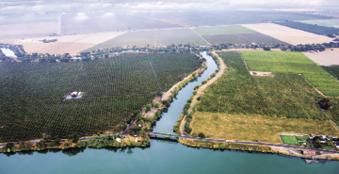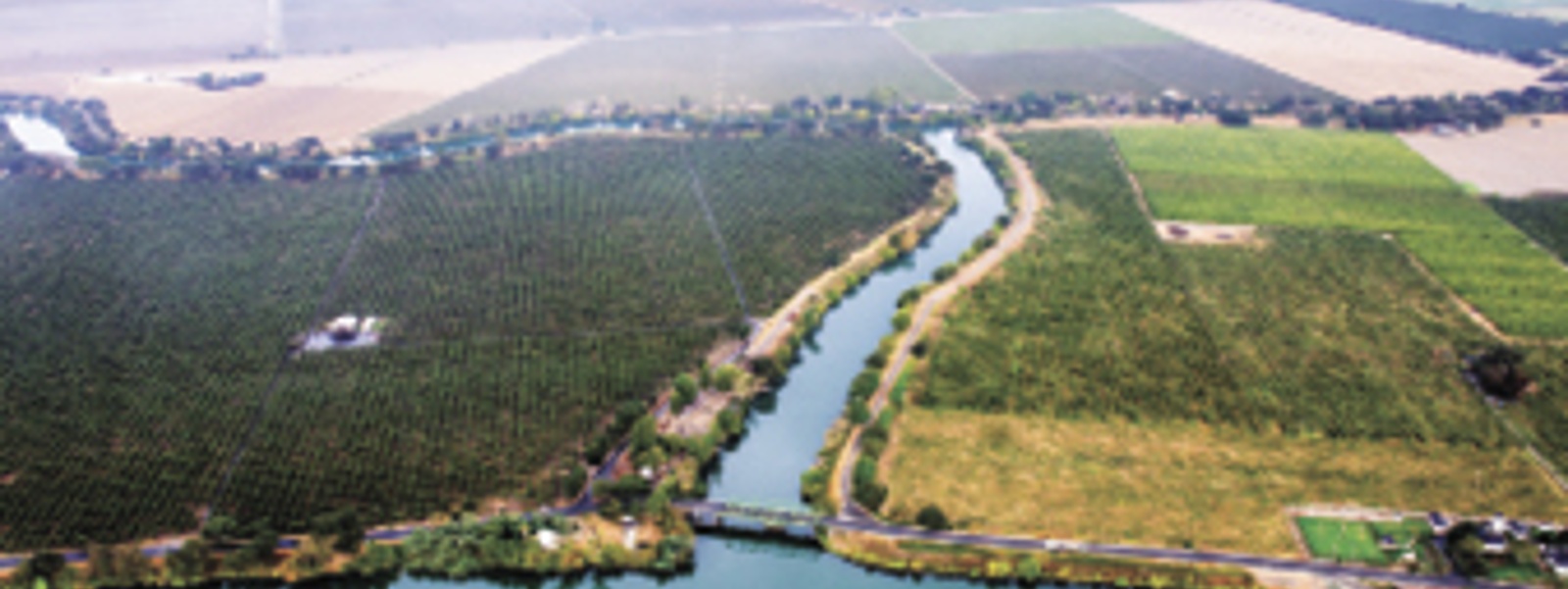Commentary: Investing in water projects benefits all Californians

A lack of water can leave farmers to fallow fields, such as these along the Sacramento River, and cut workforces as ecosystems suffer and food prices rise.
Photo/California Department of Water Resources

By Robert Rivas

Robert Rivas
We need to be honest with ourselves: Extreme heat and drought are not going to disappear any time soon. And while I believe we should be doing everything possible to slow and reverse climate change, I also believe the state needs to better implement resiliency measures to ensure our residents, agriculture and economy overall continue to thrive.
One of the most important areas to enhance our resiliency efforts is water.
Water is life. It powers the human body, our agriculture and production industries. Without it, there would be no life on Earth. As demand for fresh water for drinking, agriculture and other sectors of society increases our water supply becomes ever more strained. Extreme heat and drought only worsen this problem.
This is more than a scientific hypothesis; drought has, unfortunately, become our new normal. Our reservoirs, both above ground and below, are significantly below their historic water levels.
A scarcity of water is a critical issue in unto itself, but it also acts as a crisis multiplier. Without enough water, farmers are left to fallow fields and lay off farmworkers. That causes food prices, unemployment and poverty to rise. Without enough water, jurisdictions become more timid on approving new housing construction projects, exacerbating California’s housing affordability and homelessness problems. Without enough water, freshwater ecosystems and fisheries—and jobs that depend on them—are strained to the breaking point.
To maintain California’s standing in the world, we must take bold action on the water crisis. This will require a comprehensive and collaborative approach at the state, regional and local levels. There is no simple solution; we have to break out all of the tools, including conservation efforts by all residents and industries. This does not mean extreme austerity measures. Rather, we first need to be smarter with how we use our water.
As California enters a fundamentally new era of climate change resiliency, we need to develop new next-generation water-saving solutions and technology to curb the effects of future mega-droughts. Legislatively, Sacramento can do a lot more to incentivize and provide the means for various industries, including agriculture, to reduce water usage.
Meanwhile, California must provide farmers with necessary grant funding to implement and utilize healthy soils and water-retention technologies. In addition, the state should support agricultural research into drought-resistant crops.
However, beyond water use reduction measures, we must add to our available supply of fresh water for agricultural, industrial and residential use. This means building the infrastructure to recycle and collect water more effectively and efficiently. As a state, we must look to water reclamation projects in Arizona and other regions of the country—and even abroad to water-scarce countries such as Australia and Israel—on ways to better process reclaimed water.
Other areas California can focus on are recharging our groundwater basins and expanding water storage capabilities throughout the state. Last year, I partnered with Assemblymember Rudy Salas to create a new program to fund the conversion of idled agricultural lands into groundwater recharge basins, wildlife habitat, rangeland and other uses that help restore groundwater reserves.
While we need to build new water infrastructure, we can also create significantly more water storage and supply by repairing and upgrading our current reservoirs. Because many of California’s dams have not been properly retrofitted for seismic preparedness, their maximum capacity to hold fresh water has been reduced to prevent a potential catastrophe in the case of a major earthquake.
During my time in the Assembly, I have advocated for additional funding for dam safety projects. Sacramento has promised to allocate $100 million, spread over the 2023-2024 and 2024-2025 budget years, for dam safety projects. While this funding is a good start, we must continue to work to see it through and ensure more is done.
Ensuring these policy shifts happen will require significant action and budgetary prioritization by the Legislature and the governor. California must lead and approach our water crisis in a comprehensive manner; we need to both reduce our water usage and increase water availability. This will require prudence, balance and a measured response, based on communication and sharing data at all levels of addressing the problem.
Water should not be political. Republicans, Democrats, independents and everyone in between uses water in their everyday lives. When we invest in water projects and new tools to conserve and increase our water supply, we are investing in all Californians’ current and future well-being and quality of life.
(Assemblymember Robert Rivas, D-Hollister, is chairman of the Assembly Agricultural Committee. He may be contacted through his website at a30.asmdc.org.)




